Hello my friends! How are you? My name is Fogaça and I'm here to talk about Commander.
Some time ago, we had the much-cited article about the Hatebears archetype, which showed us the importance that disrupting the opponents’' strategies with creatures have in the format. My initial idea was to comment on decks like Blood Pod and use that as a lead to the Opus Thief build in a following article, but at that moment I felt that something was missing. On that occasion, I said that we would deal with Tymna & Tana's forms of victory at another time. Thinking about it, today will be the day to discuss the lines of Birthing Pod and we will take the opportunity to compare them with the possibilities that Primespeaker Vannifar brings us.

THE COMBO
I thought a lot about how to explain the central idea of our lines here, and came to the conclusion the best way is referring to two extinct classics of Modern: the UR Twin and the Toolbox Birthing Pod. Those who were players at that time must remember that the consistency of a two-piece combo caused problems for the health of the format, as well as the possibilities that a permanent tutor brings us allow us not only to follow linear strategies, but also to use it as a tool in favor of the deck, allowing a much more practical than conventional problem solving. What I mean here is that when we combine this type of combo with a consistent way of looking for it, we have something good, but when that way comes from a card that can serve as a tool in favor of the deck, it becomes powerful enough to build an entire archetype around it (which can be applied both in the case of Birthing Pod and in the case of Demonic Consultation).
Now, specifically talking about the Commander, we can debate about three main lines of play that became popular for the Pod Lines strategies because they occupy few slots and allow the cards characterized by tutoring our combo pieces to be used to solve eventual problems (even if the rest of the deck also works to stabilize the board, it is interesting to have options). Each line was based on the options that a specific tutor gives us. So, in order to have pieces in common, the best way I found to demonstrate them was through topics.
• LINE 1: BIRTHING POD
We have several options for the lines based on the New Phyrexia artifact, but the most popular one integrates the already known Blood Pod deck, allowing us to use Tymna the Weaver as the starting spark for our combo. The sequence of this is given by:
1. Activate Birthing Pod by sacrificing Tymna to seek Felidar Guardian;
2. Exile Birthing Pod with Felidar's ability to return the artifact to the battlefield untapped;
3. Sacrifice Felidar Guardian with the Pod to bring Karmic Guide;
4. Use the Karmic Guide effect to bring Felidar from the graveyard to the battlefield and again blink Birthing Pod;
5. Sacrifice Felidar again, and then bring Kiki-Jiki, Mirror Breaker to the game;
6. From the Kiki-Jiki ability, return Felidar Guardian to the battlefield by creating a copy of Karmic Guide;
7. Use the proposed loop between Kiki-Jiki, Mirror Breaker, and Felidar Guardian to end the game.

• LINE 2: PRIMESPEAKER VANNIFAR
In the case of Primespeaker Vannifar, her use can go up to a high curve to bring in some key creature to combo or to impose board presence lock on the opponents. The most popular line of play that we find here is the one used on the Blue Pod deck, given by the following line:
1. With the ability of Primespeaker Vannifar, sacrifice Thrasios, Triton Hero, to bring Pestermite, Deceiver Exarch or Bounding Krasis to the game;
2. Use the previously chosen card's ability to untap Vannifar;
3. Use the Vannifar ability to sacrifice the chosen card and bring Breaching Hippocamp to the battlefield, untapping her again;
4. Sacrifice the Hippocampus to bring Karmic Guide guide to the battlefield, with the Hippocamp itself as the target of Karmic's ability;
5. Again, untap Vannifar to sacrifice the Hippocampus, but this time, fetching Kiki-Jiki, Mirror Breaker;
6. Activate the Kiki-Jiki ability to copy Karmic Guide, thus bringing Breaching Hippocamp back to the battlefield once again;
7. Use the loop between Breaching Hippocamp and Kiki-Jiki, Mirror Breaker to end the game.

• LINE 3: YISAN, THE WANDERER BARD
Even though Yisan, the Wanderer Bard has another role as a commander, when he is included on the 99 (or 98, depending on the case), he represents a redundancy for the effects presented here, and, with the help of Quirion Ranger and Scryb Ranger to start the line of sequencing from turn 3, we can take advantage of their potential to give us other options for play. His main line also integrates the possibilities of both Blood Pod and Blue Pod, being derived from the following sequencing:
1. After using the Rangers to enable three counters on Yisan, search for Village Bell-Ringer in order to untap him again, as well as all your mana dorks;
2. Activate Yisan again, this time for four, in order to bring Felidar Guardian to the battlefield;
3. Blink Bell-Ringer with Felidar's ability, making another untap to Yisan and your mana dorks;
4. After the new untap, activate Yisan to five, bringing Kiki-Jiki, Mirror Breaker to the battlefield;
5. Use the loop between Kiki-Jiki and Felidar or between Kiki-Jiki and Bell-Ringer to end the game.
COMMANDERS
Basically, my idea for today was to bring the lines of sequence to you and reach a somewhat controversial conclusion, so that we will not have variations, honorable mentions or budget alternatives. However, since I mentioned two specific decks, I will use this session to differentiate them, in order to show the different nuances that derive from the strategy of these Birthing Pod Lines.
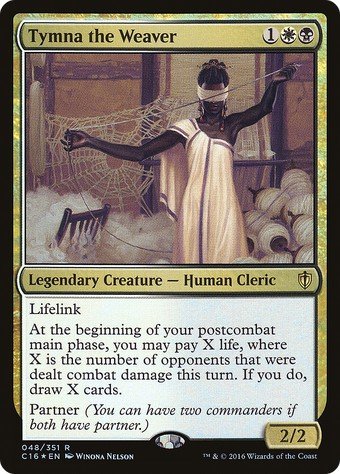
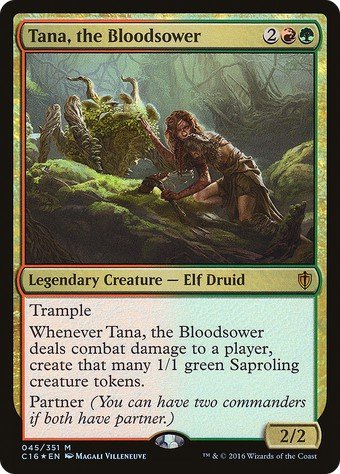
Following the order of citations, let's start with the already known Blood Pod. The build based on Hatebears compensates for the lack of blue in order to be a true toolbox, having a creature for every situation that we may have in the game. In this way, Birthing Pod ends up being a unique piece of interaction, which can save us from a lock, bring a new lock to the game or allow us to reach win conditions, thus being a means for a disruptive deck to have an accelerator for when there is a need to explode and a brake to regulate the speed of the battlefield.
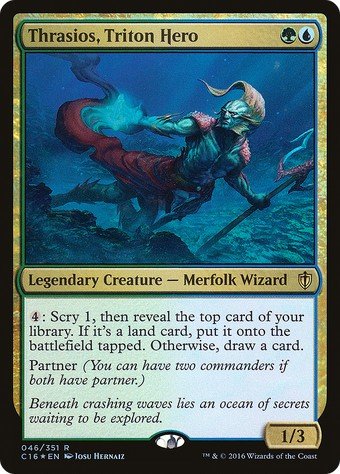
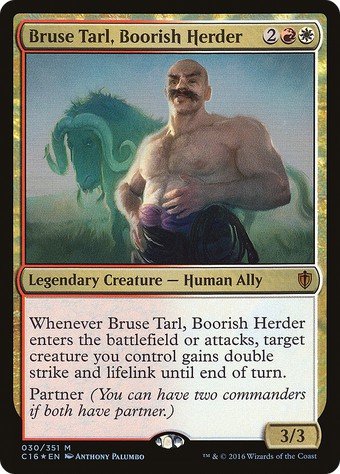
Moving on to our other quote, we have our dear Blue Pod, newcomer here in our articles. The deck was designed to adapt the disruptive Blood Pod to a more midrange strategy, adding the blue to have more answers and not be so dependent on Hatebears. The result is an interactive deck that protects itself with magic while using Birthing Pod and Primespeaker Vannifar as ways to generate a strong board state, always moving forward and compensating for the lack of black tutors in this build.
CONCLUSION
I will confess that it is increasingly difficult to write these articles. The main concepts were already covered in the first publications, so I end up having difficulty to avoid being repetitive and explain new ideas and applications for the cards on our tables. This fact leads me to be a little strange during this conclusion, since what I want to demonstrate here is contrary to some ideas that I proposed earlier: as we have seen, the less slots a combo occupies, the better its acceptance, especially if it can add for other instances of gameplay (as already explained during our Demonic Consultation talk), but there are times when a specific engine for our interaction serves so well to generate value in the build that the lost slots are compensated by the versatility that kind of interaction gives.
That's it for today. I ask you to leave your feedback so that we can always improve. The series aims to address only part of an entire sphere that covers an extremely diverse format, so I invite you to subscribe to my channel on YouTube, where I talk about Commander, not only competitive, but also in other varieties, as well as about other formats. Until next time, my friends!

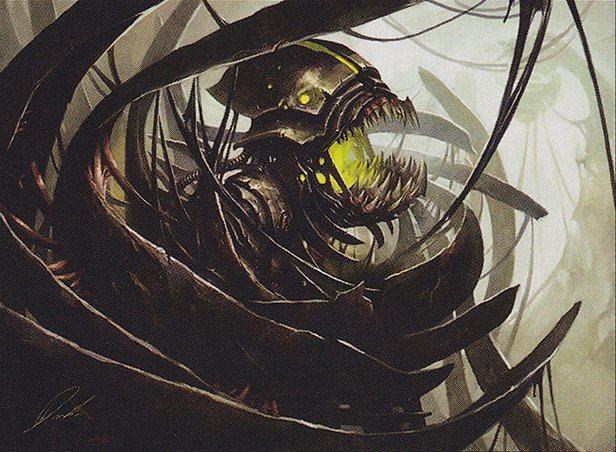











— Comments 0
, Reactions 1
Be the first to comment